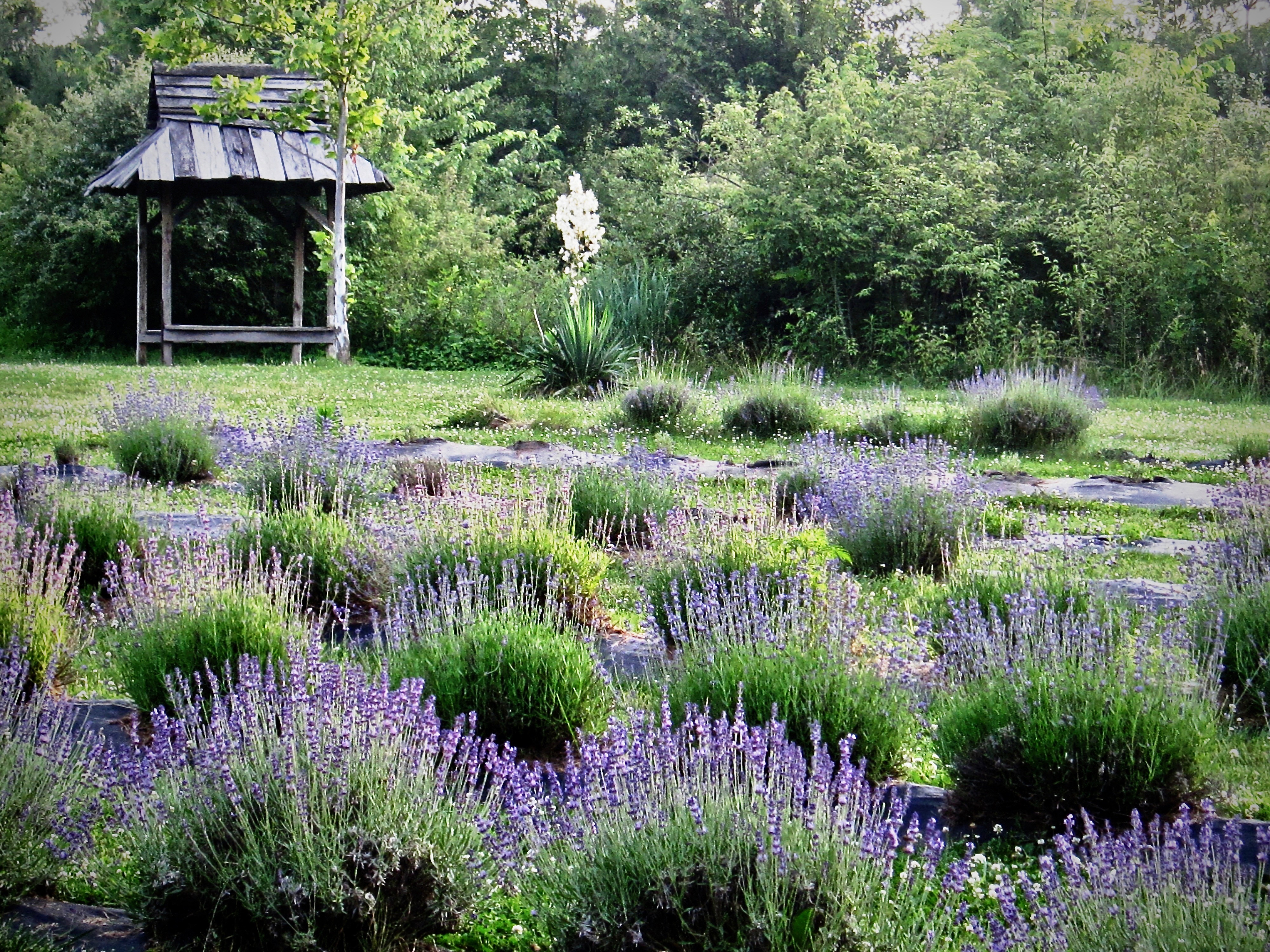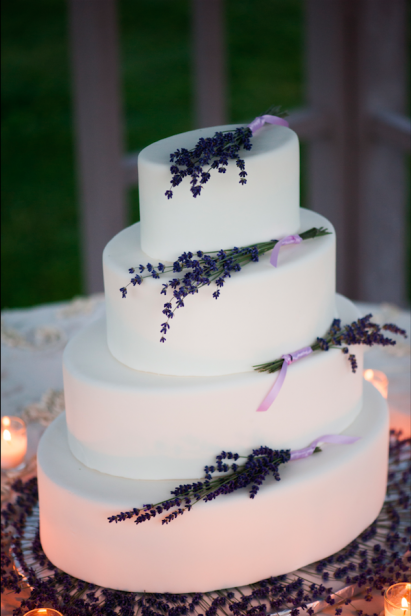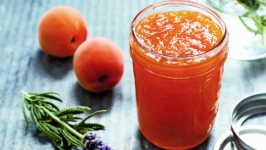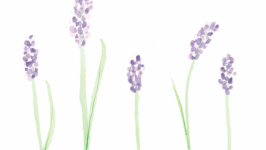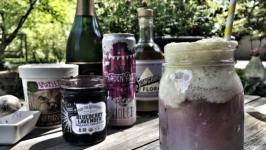Willowfield Lavender Farm
Lavender—with its intoxicating smell and eye-catching color—might just remind you of a scene from a book you’ve read that’s set in southern France. Indeed, this delicate-looking plant has a storied history, tied close to the Mediterranean. But far from that ancient coast, you will also find it growing at Willowfield Lavender Farm in Mooresville, just south of Indianapolis.
How about lavender?
“I was getting ready to retire,” says Kieran O’Connor, co-owner of Willowfield Lavender Farm tells me. “I didn’t want to go to work for someone else, so I thought ‘What type of flower could we grow?’”
After working as an Indianapolis firefighter for 35 years, O’Connor, 74, retired as a captain of the Fountain Square station 12 years ago knowing his working days weren’t over. He and his wife, Elizabeth, 70, whom he affectionately calls “Libbe,” had been growing herbs for years and had also grown some lavender alongside their driveway in Southport. She had worked at Eli Lilly as an executive assistant and in the 1980s owned a teashop on Main Street in Greenwood called the Tea Cosy, but had decided to turn her sights to working as an artist and potter.
“I bugged her for a year [about what to farm] and she woke me up at 5 in the morning and said ‘How about lavender?’”
When I asked him what people thought when he told them he and his wife were going to start growing lavender, he said the women just loved it and “the guys just looked at me like … ‘What?’” He told me sometimes it took a lot of reminding for people to understand what lavender is and that a “farm” didn’t always have to be livestock and hay.
Then, in 2001, before Kieran had officially hung up his bunker gear for good, the couple who had only grown lavender as a sort of driveway beautification experiment, began the process of using four acres of their 28-acre farm to cultivate this very plant.
Hidcote and Munstead meet the Midwest
“Now, there’s a lot more info on the Internet than when we started [the farm]—we had to do a lot of phone-calling to the West Coast,” Kieran says about becoming the first lavender farm in Indiana.
And with that attitude, they put their hands in the dirt and began with 100 plants. “You gotta learn it—put plants in the ground … the doing is what helps you learn the plants.”
Kieran tells me there are at least 39 species of lavender and more than 1,000 varieties. In the Midwest, he says the species Angustrifolia is the best choice and after that these two varieties: Hidcote and Munstead. And because Kieran and Libbe were planting their lavender in an abandoned cornfield, they had to create the conditions their two precious varieties needed to thrive. That meant they had to get good composted topsoil, add some limestone, dig down 12 inches and mound up rows and cover them with weed cloth. And after all that, of course there might have been a little prayer or two to the Indiana weather gods because as we all know it can be a tad bit brutal at times. In 2012–15, the bitter cold was pretty hard on the lavender, but in 2016 Kieran said the weather was fantastic and he was able to replant in the fall.
And while being a lavender farmer seems like a lot of work, especially when you don’t have the dry and rocky terrain of southern France on your side, Kieran reassures me it’s not so bad.
“After three years, Mother Nature takes care of the plants and you don’t need to water them.” Of course, Indiana can also give us drought-like conditions, as it did in the summer of 2012, and in those situations watering becomes a necessity.
As to keeping the plants healthy, he says they pick the plants all through summer and fall and on their farm they handpick, unique from the larger operations you would see in southern France. They also don’t spray or treat their lavender in any way, and while Kieran can’t say the product is certified organic, it seems to fit the criteria.
And as sometimes happens with hobbies, the O’Connors’ lavender farming has become something greater and more time consuming. Those first 100 lavender plants now number around a 1,000, and they keep the couple quite busy as their farm has morphed into more than just a place where lavender plants grow.
Willowfield Lavender Farm is a popular site for weddings, which take place on the farm when the lavender is in bloom, usually the beginning of June through the end of September, perhaps October if the weather is very good. By March, all of their wedding slots for that year are usually booked. A morning for a bride at Willowfield Lavender Farm begins with her picking her own lavender bouquet from the field, if she so desires, while spending time with her bridal party at the property’s farmhouse.
There are also a few Saturday-evening concerts on the farm each summer, which feature local musicians and wine from Mallow Run Winery, located not far away in Bargersville.
The third week in May the farm opens to the public, where they can take a look at one of nature’s most seemingly wild plants and visit the retail shop in the barn for lavender soaps, lotions, sachets, tea (because Libbe knows a thing or two about this) and, of course, a bundle of this blue-budded plant for your kitchen table.
You reap what you sow
One of my favorite questions to ask people working on their second careers and doing something they seem to love is this: What’s next? Kieran answers without hesitation.
“We would like to do this into our 80s. We have 12 grandchildren who have grown up here on the farm and maybe one of them will take this over.” Kieran also says he and Libbe’s three sons enjoy the property, as well.
And Kieran is quick to remind me of a little-known “fact” about gardeners: They live the longest. Surrounded by nature, where they can relax while working with plants and exercising without really thinking about it, this is part of the reward Kieran and Libbe reap from their lavender farm.
“Life here is quite fun,” he says with an endearing laugh.
Willowfield Lavender Farm | 6176 E. Smokey View Rd., Mooresville | WillowfieldLavender.com


